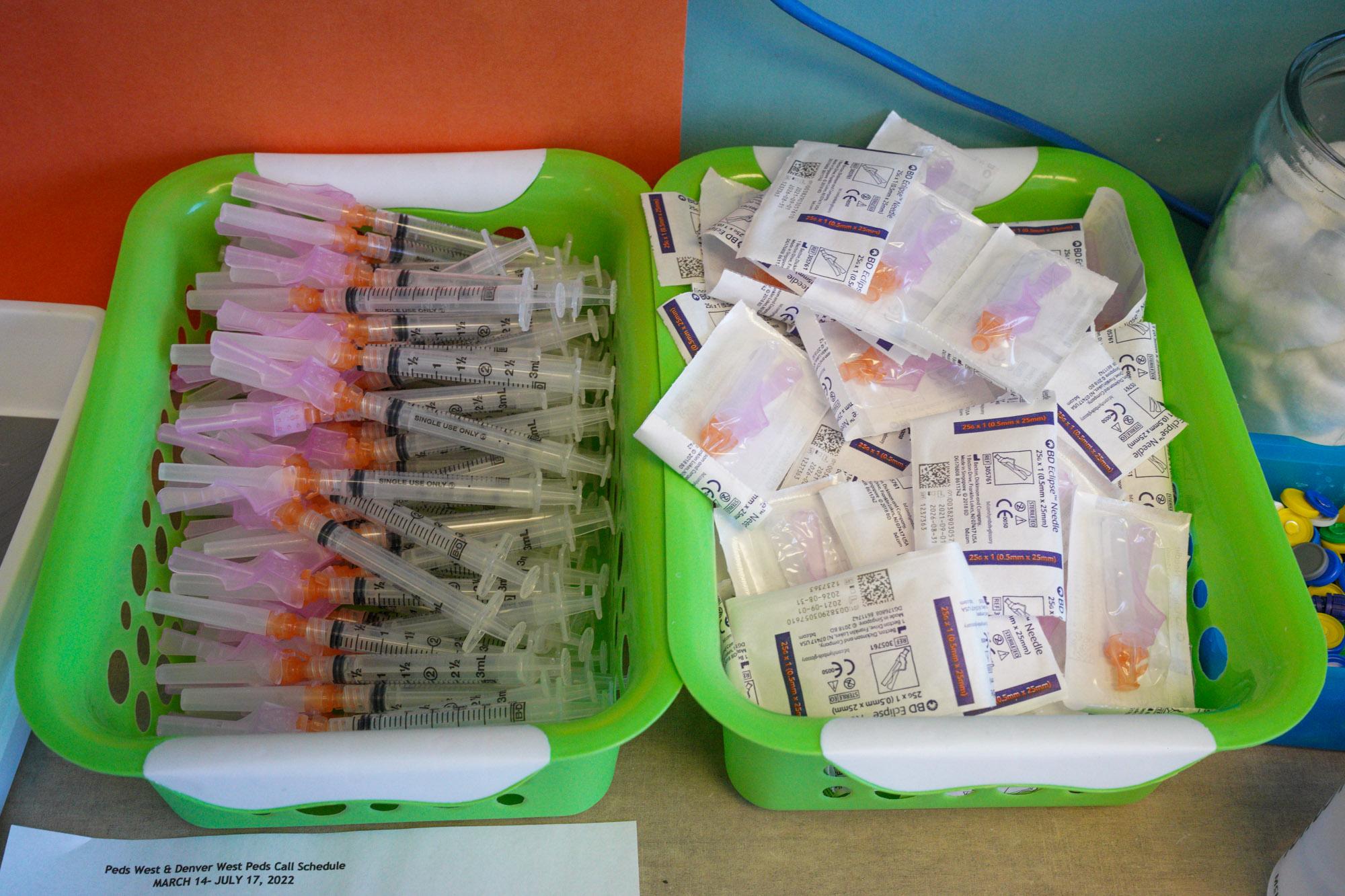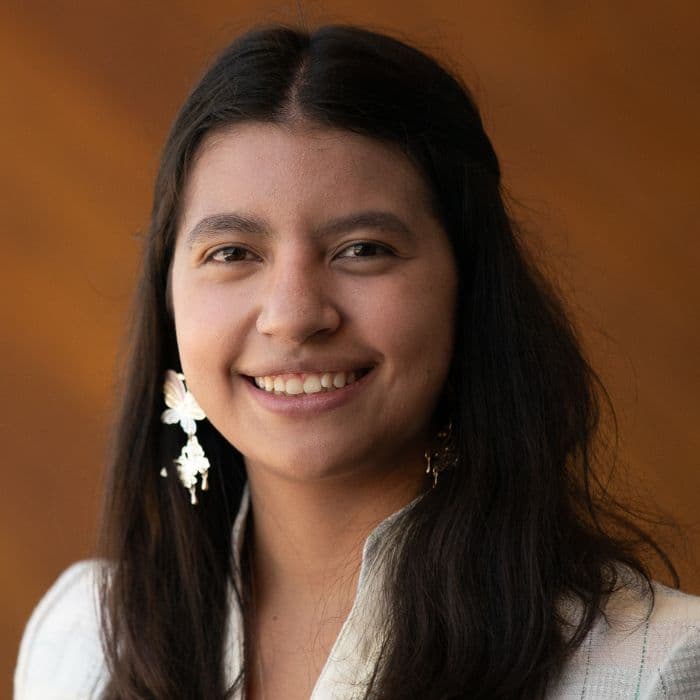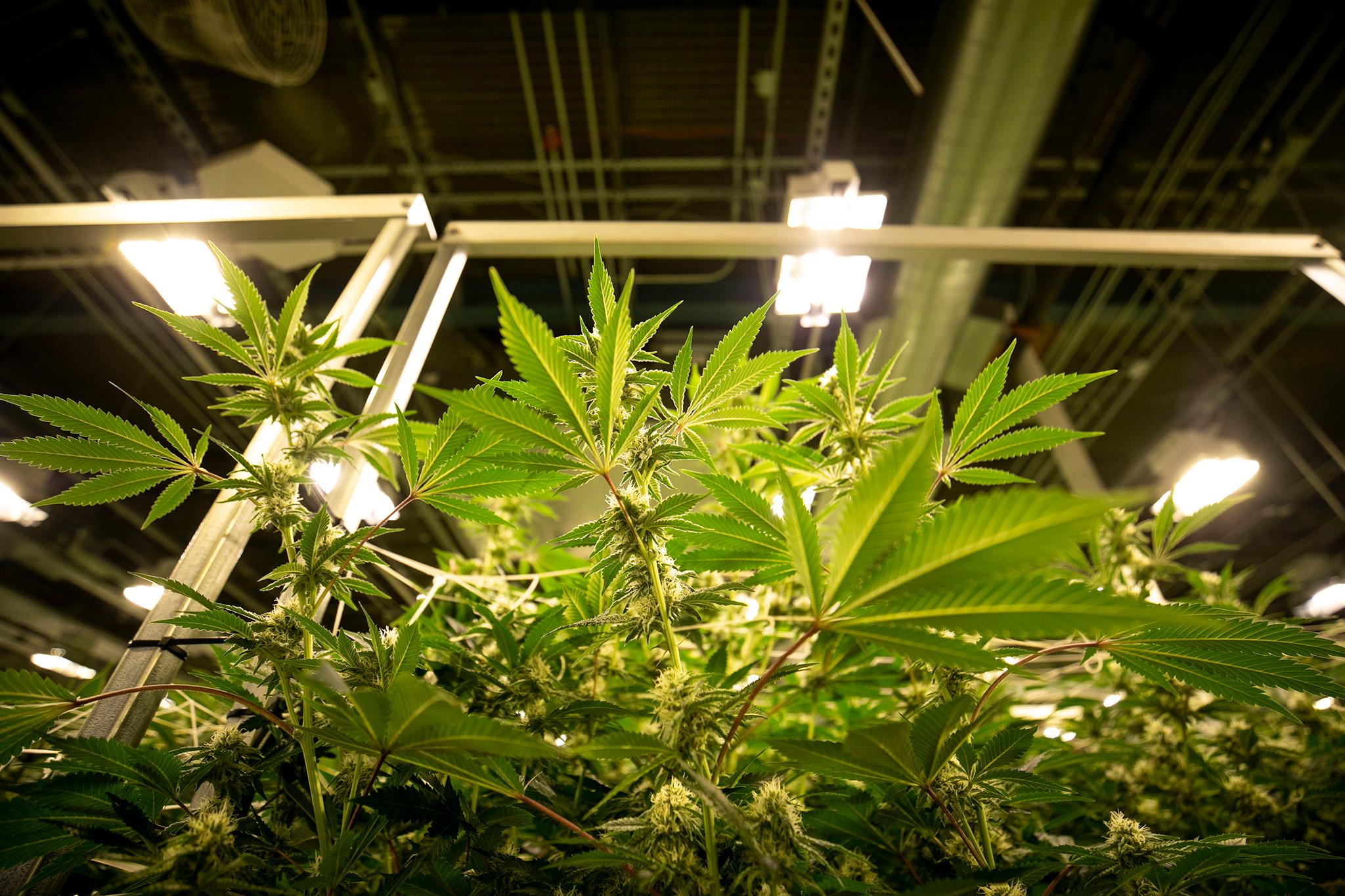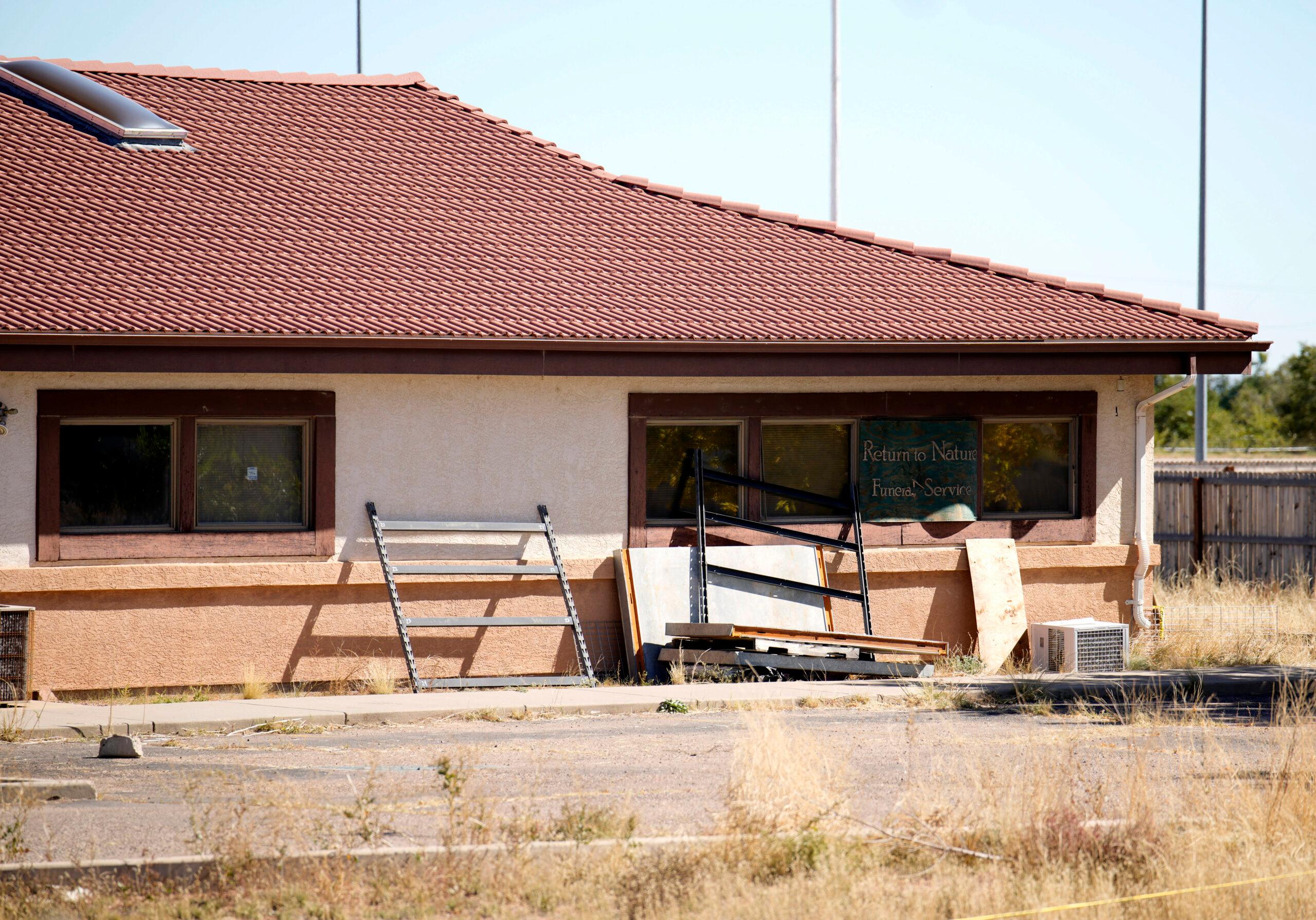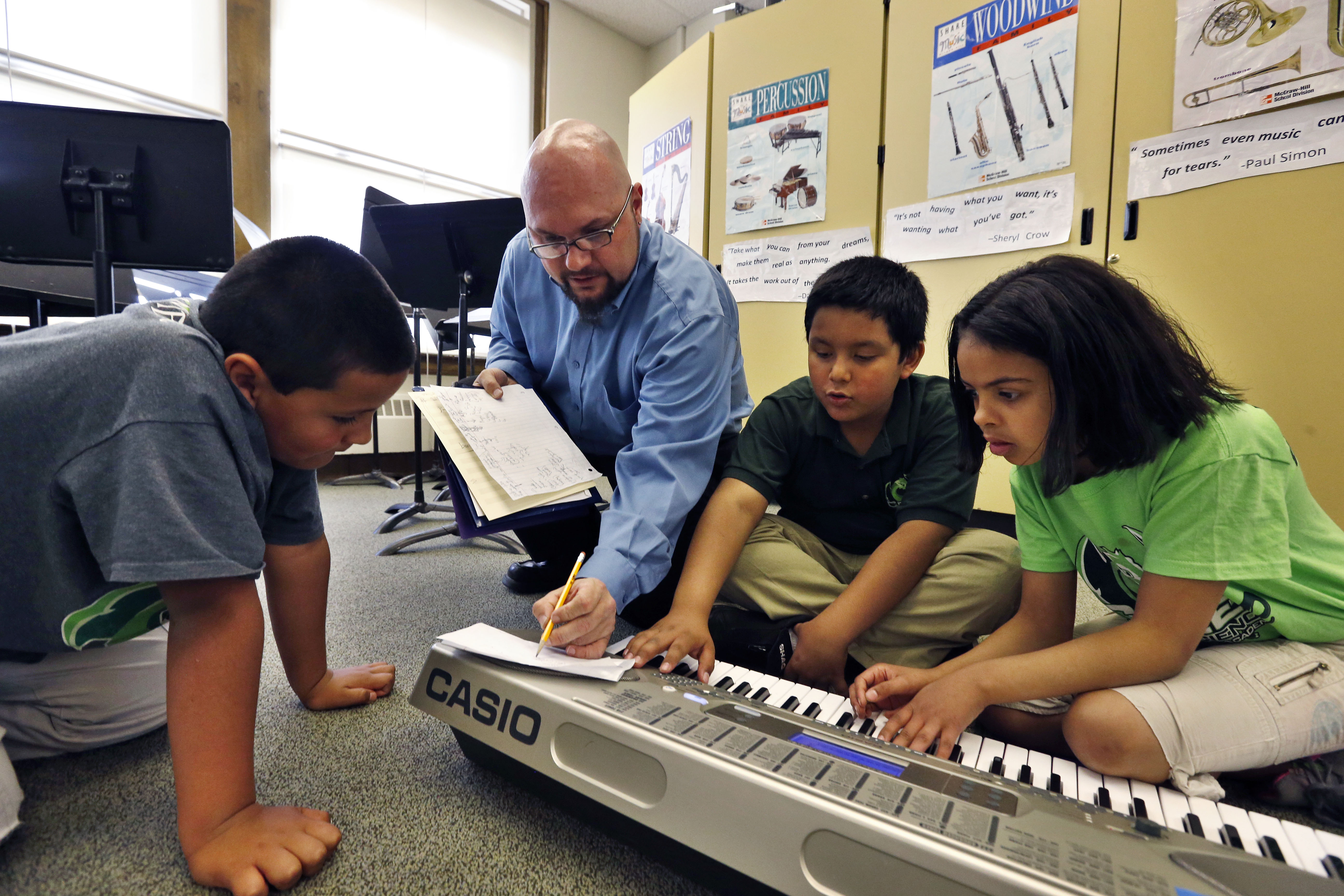
That finding comes from researchers from Brandeis University and Ohio State University who created a "child opportunity index" for the nation's 100 biggest metro areas. The index factors in things like education, health and socioeconomics to give a more complete picture of the struggles children face in different areas.
The results published on diversitydatakids.org show minority kids across the country are more likely to live in neighborhoods lacking health care facilities, early childhood education centers, parks and other resources.
That rings true in Denver as well. The data shows a disproportionate percentage of minority children in Denver grow up in very low-opportunity neighborhoods. 
In Colorado Springs, Hispanic and Black children are more likely to live in very low-opportunity areas as well.
The researchers also created maps showing the opportunity level of neighborhoods in Denver and Colorado Springs. Here's what the Denver metro area looks like, where darker colors indicate higher scores on the index:
The index shows very low-opportunity neighborhoods are concentrated in southwest Denver, north Denver, Thornton, and Aurora. In Colorado Springs, very low-opportunity neighborhoods are mostly south of downtown.
Explore more of the data at diversitydatakids.org.

